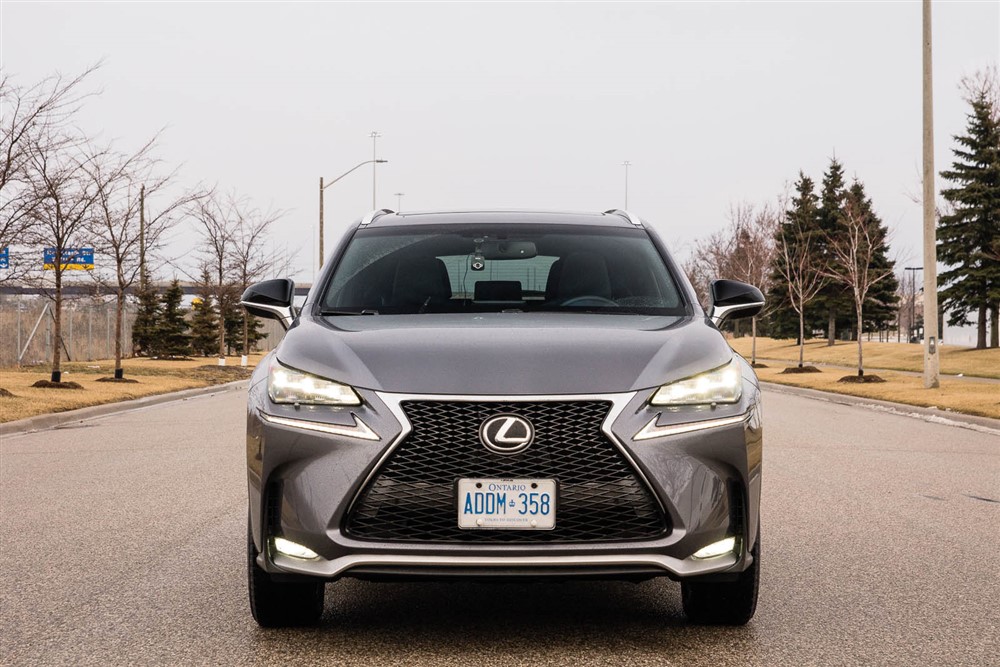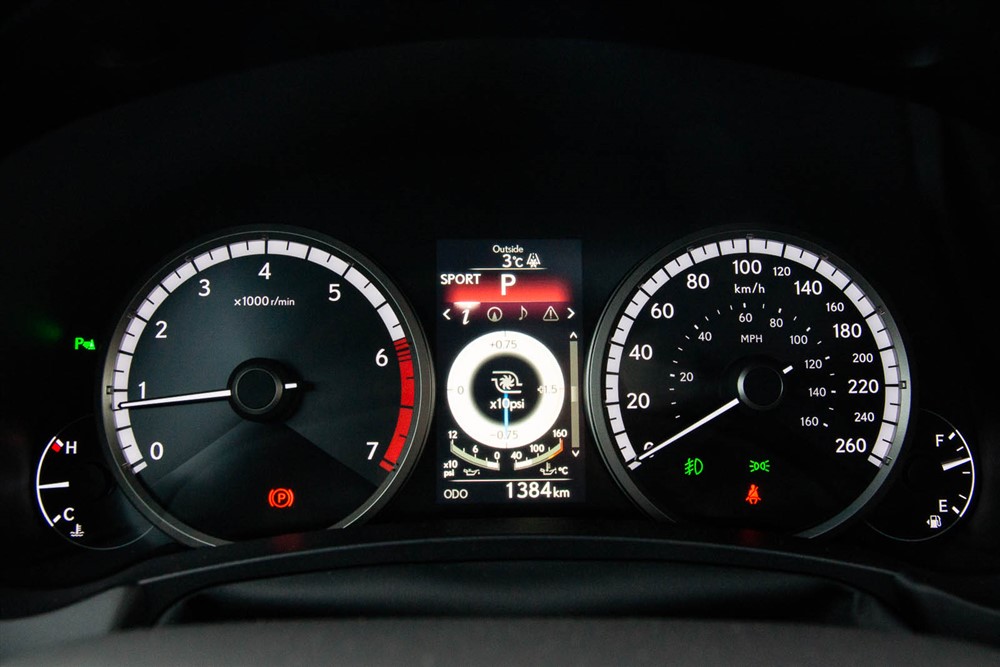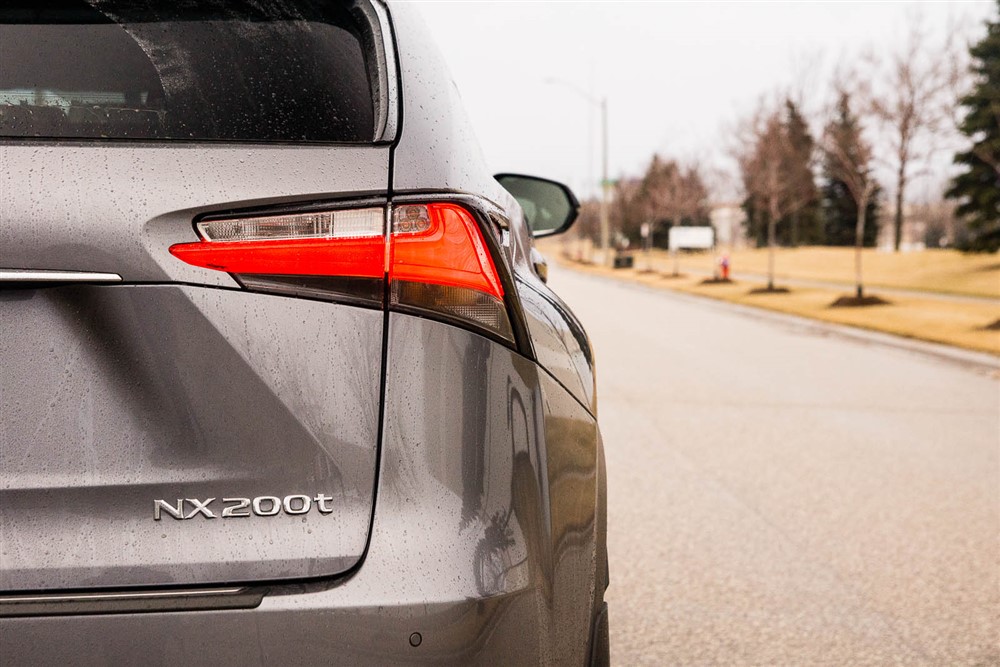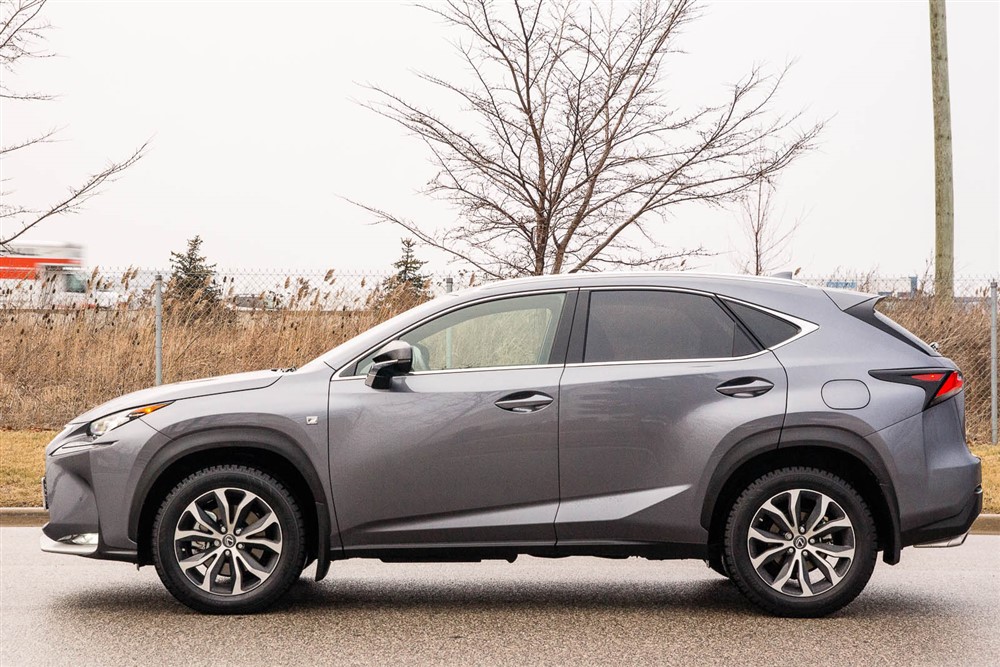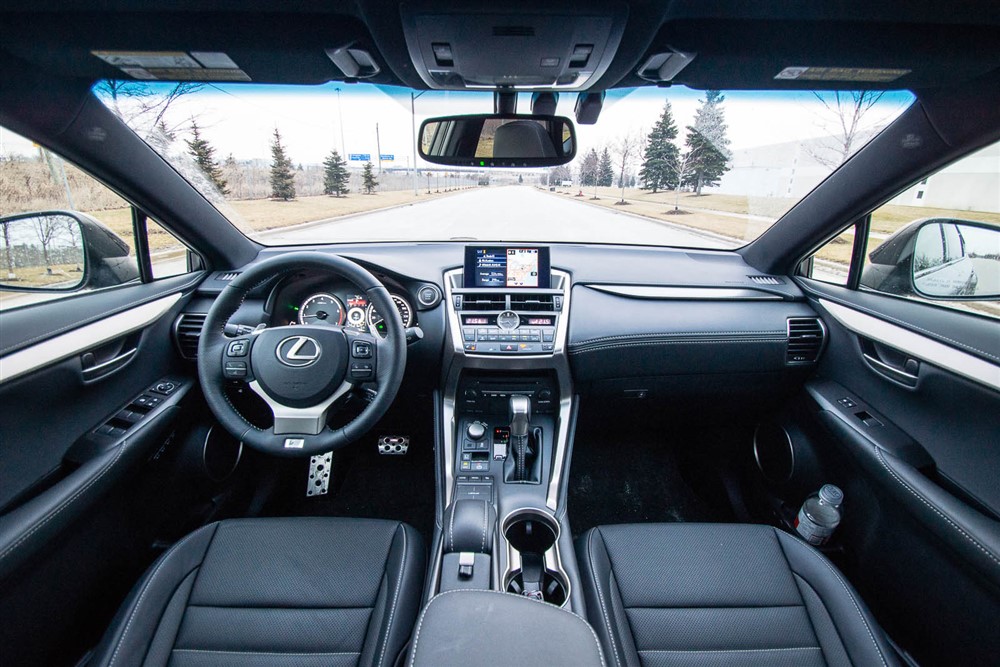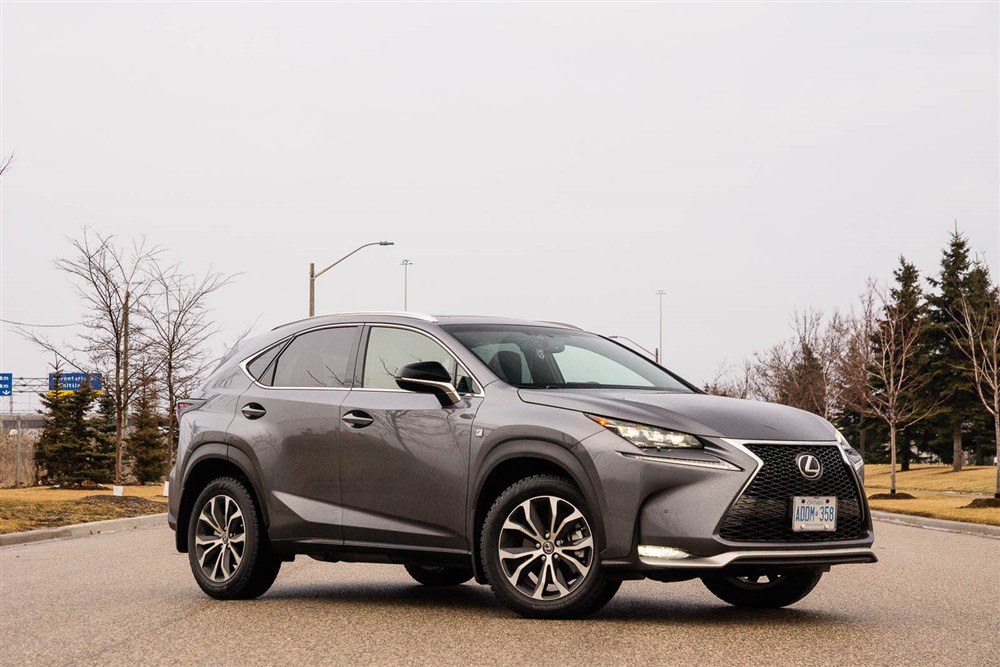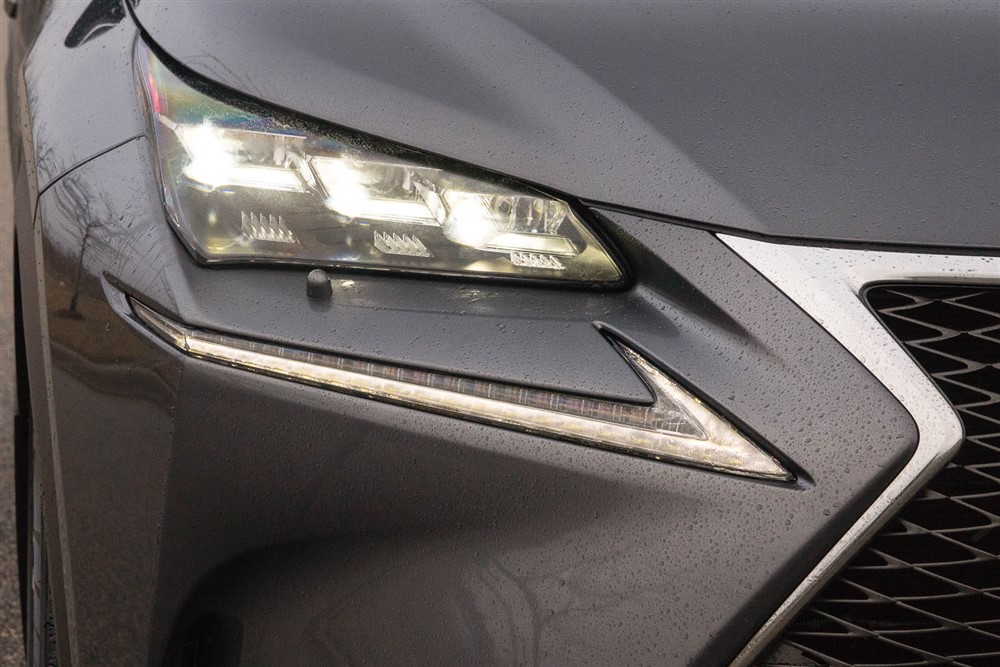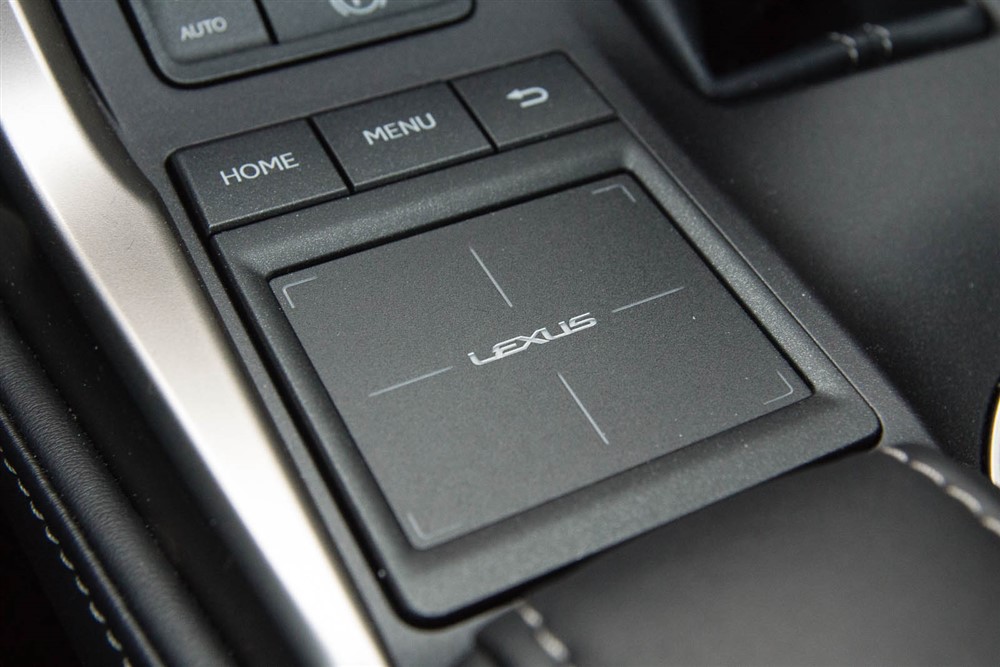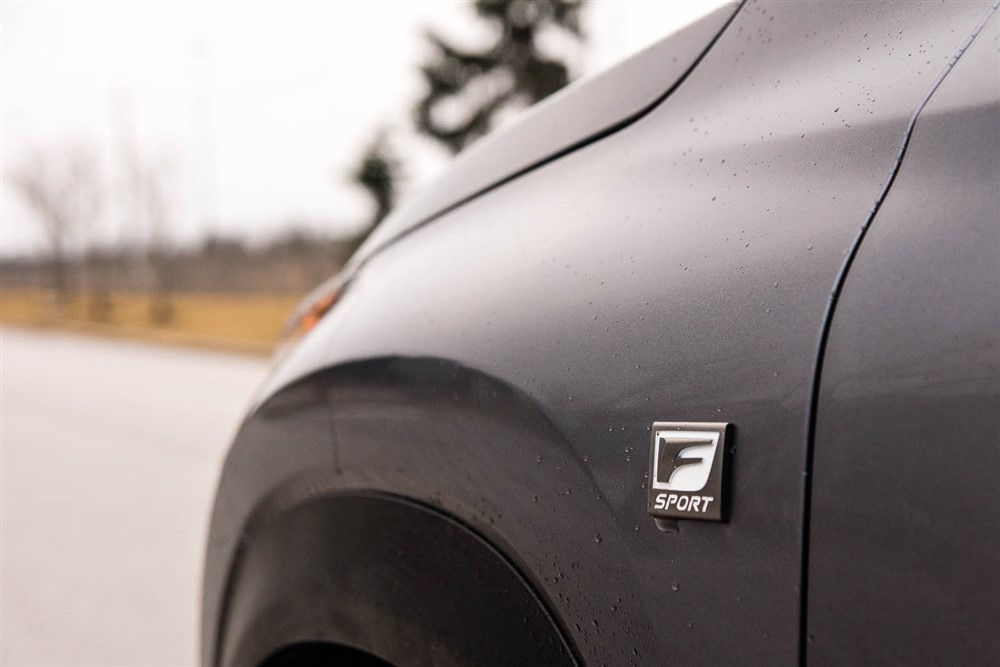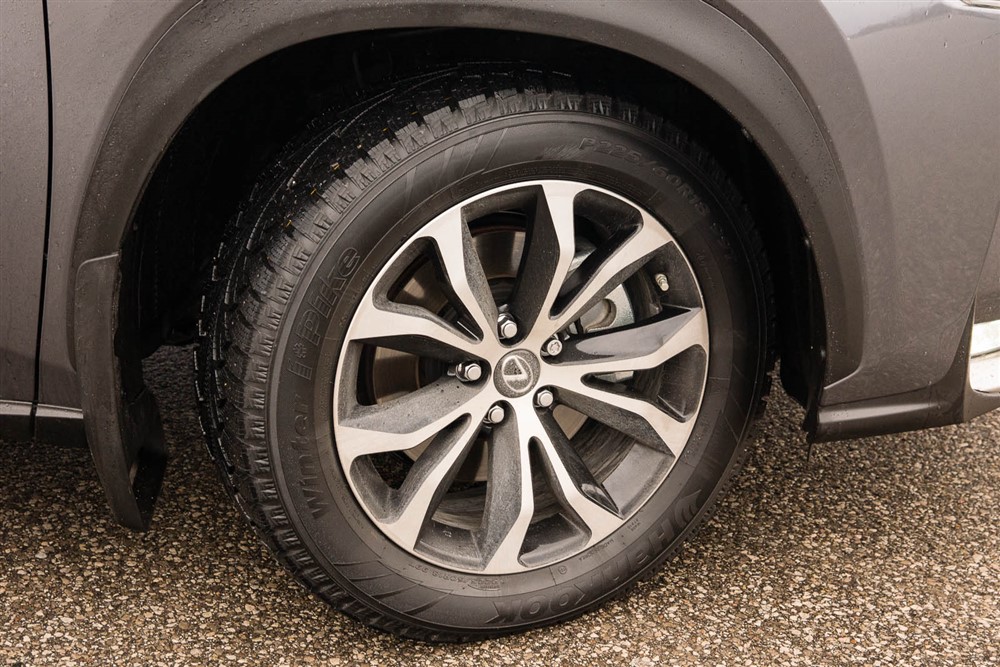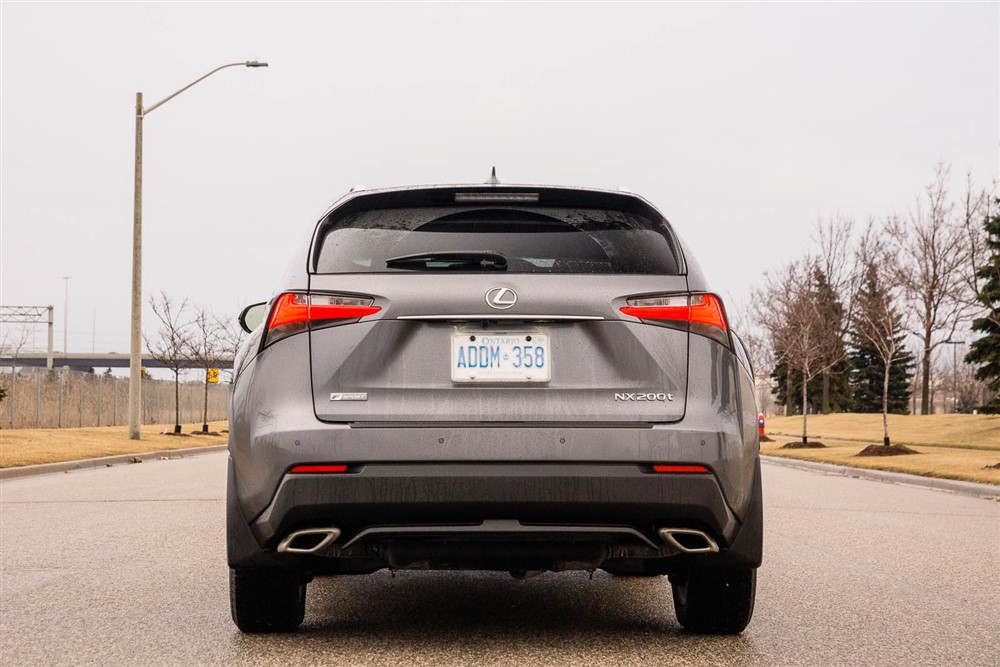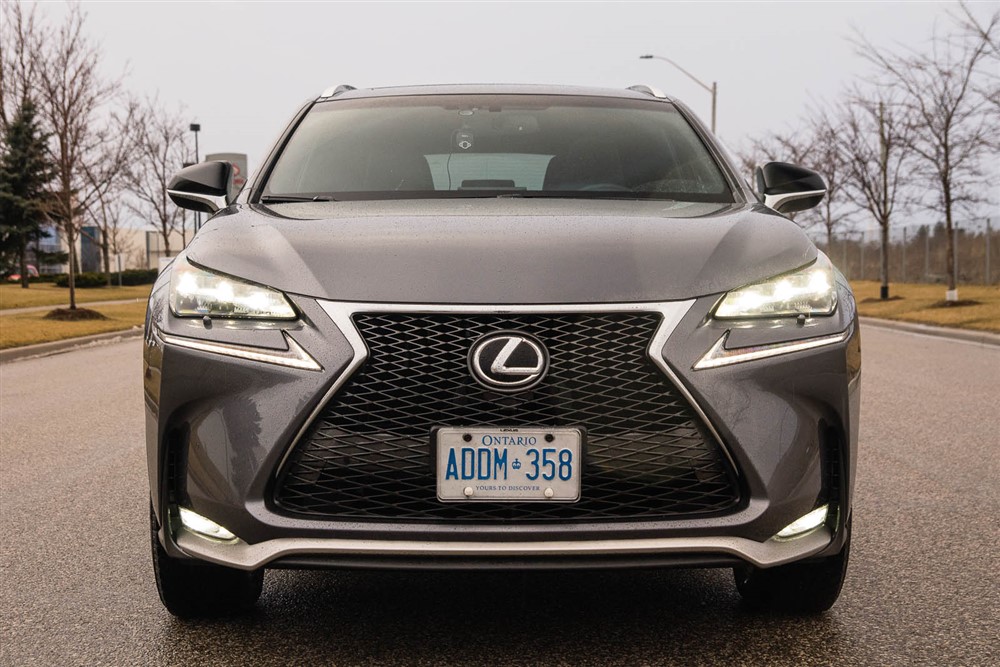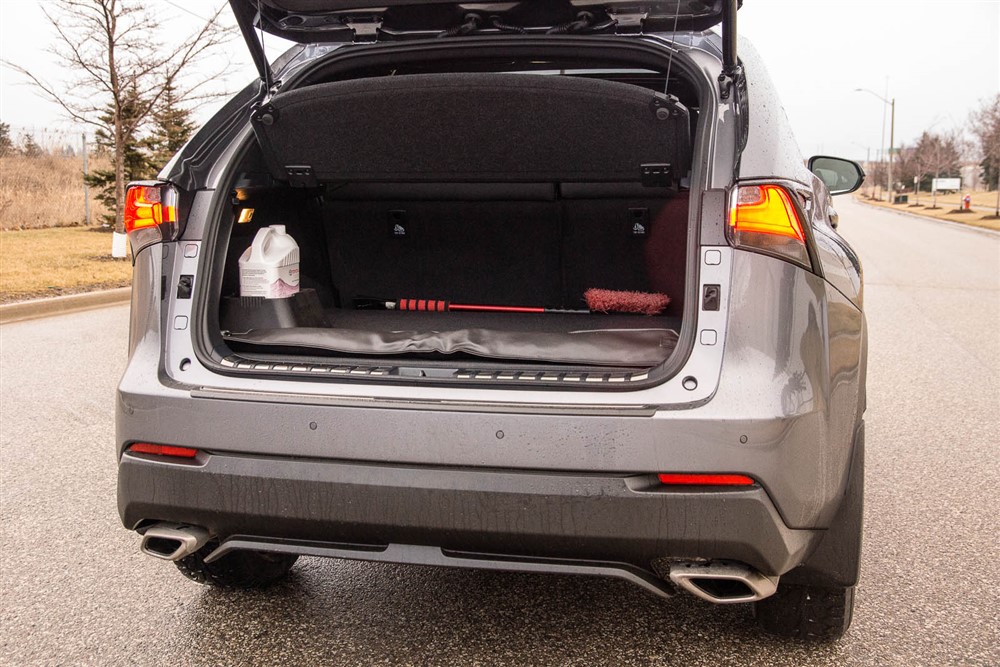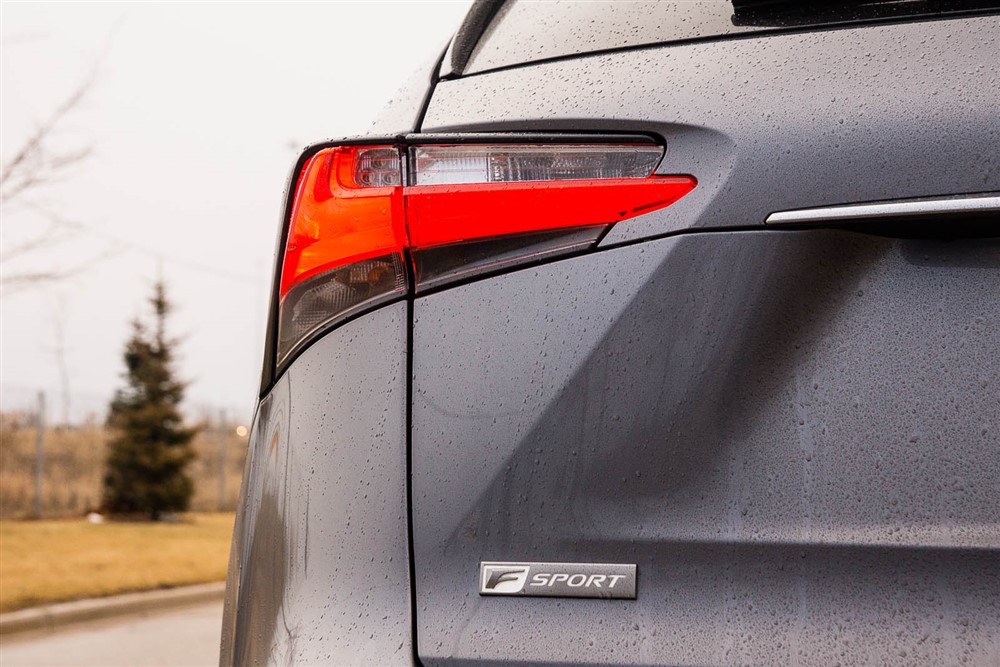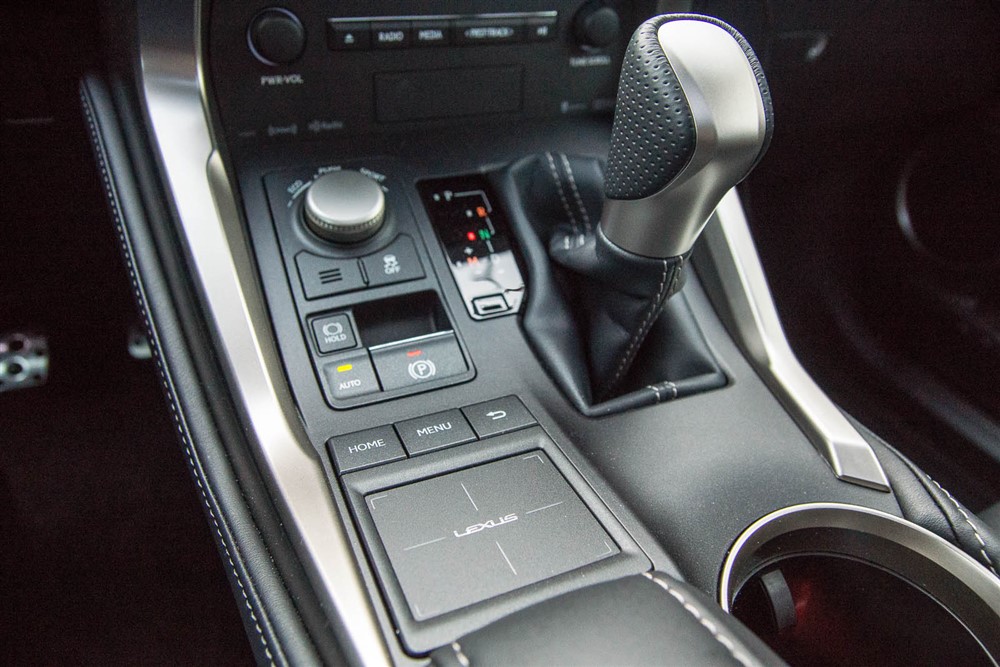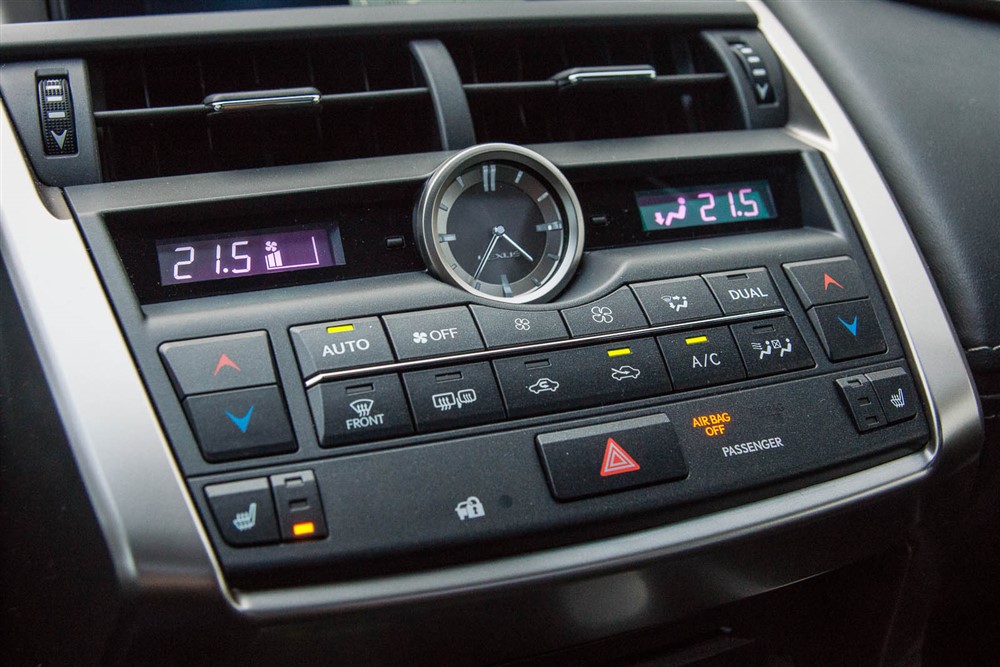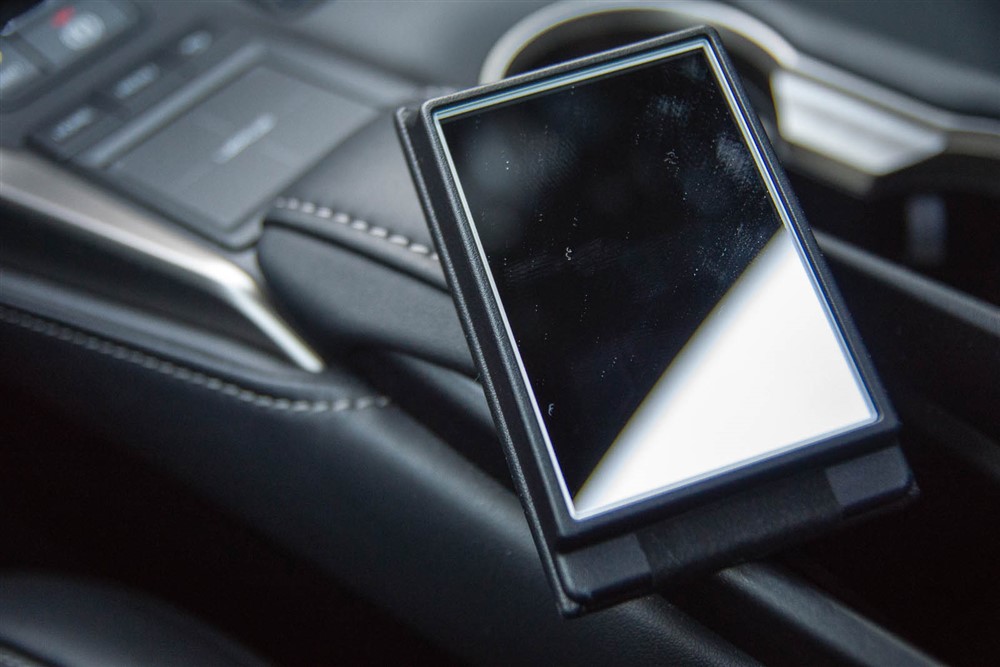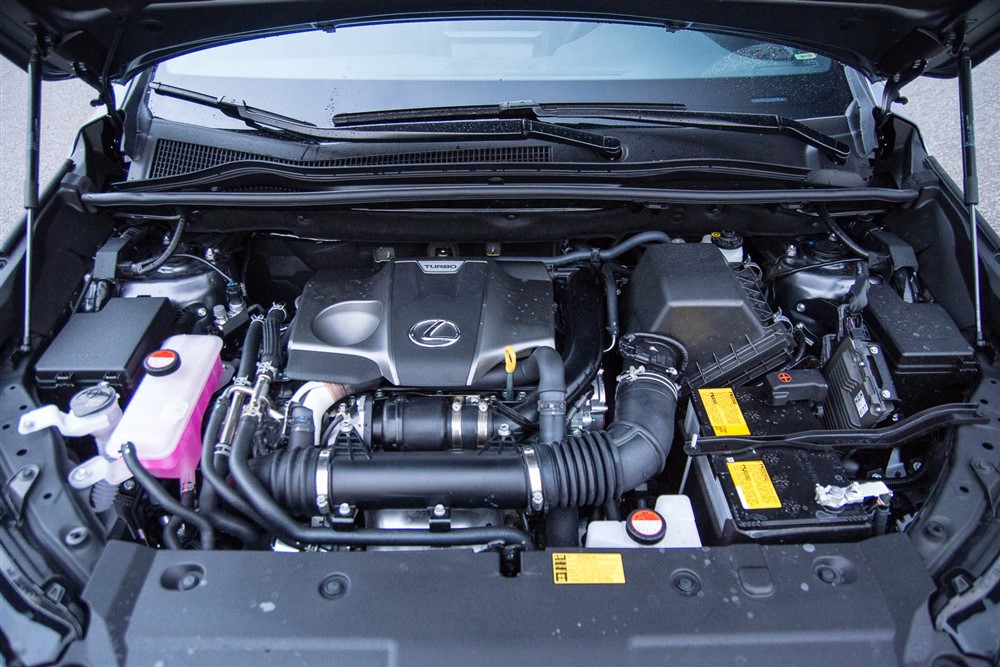In today’s hotly-contested crossover SUV (CUV) market, it’s important for automakers to stay ahead of the curve. Toyota and Lexus have been in the game for quite some time. Many argue that the original Lexus RX, introduced in 1998, was one of the early trailblazers in the scene. There’s always a risk associated with jumping into a new segment (especially one you’d have to define yourself), but the RX would go on to become one of Lexus’ big volume sellers. It was comfortable, roomy, well-built, and gave people the high-riding traditional SUV feel with less of the downsides. It’s no wonder why the RX is still a strong seller, five years into its model cycle.
As often seen in today’s market, successive generations of the Lexus RX have added more size, capability, and amenities. Originally starting out as a compact luxury CUV, it grew into the mid-size luxury CUV market from about 2003 onward, and even more so from 2010 onward. As we get into 2015, more and more consumers are looking for the premium feel, but not necessarily with the large footprint. Something smaller would be friendlier in the tight confines of the urban landscape. Enter the Lexus NX, new for 2015.
Introduced mid-way through 2014, the NX fills the gap left behind by the RX moving upmarket in the Lexus lineup. Similar in size to the original first-generation RX, the new NX – with its name standing for “Nimble Crossover” – is being positioned as a more dynamic and “younger” alternative to not only the larger RX, but a handful of other compact luxury CUVs popping up on the market nowadays. From established entries like the BMW X1, to new faces like the Audi Q3, Lexus hopes to take a big chunk out of this growing corner of the market with the NX. I picked up my tester for the week, a Nebula Grey Pearl NX200t, with the F-Sport Series 1 package.
The LF-NX concept featured a very radical look, the latest in Lexus’ polarizing design language. Often criticized in the past for being too conservative with their designs, the LF-NX builds on the recent success seen across the board, such as with the new GS and updated LS. Lexus is now known for pushing the design envelopes nowadays – nearly every item in the catalog is employing this corporate design language. The exterior is meant to start a conversation, with its various complex creases all along the side profile. The trademark Lexus Spindle grille makes another appearance. This has been the main point of discussion, with many opponents against the big gaping front-end, and others applauding their strategy.
Fast forward one more year, and the production NX is starting to hit the showrooms here in North America. Surprisingly, it doesn’t stray too far from the bold LF-NX concept car. The big Lexus spindle grille remains, and depending on what trim option you choose, you get a standard four-bar grille, or the larger, and more upright, mesh grille that my F-Sport tester had. The front-end styling dominates the NX. The now-familiar daytime-running lights remain divorced from the main headlamp cluster. The headlamps themselves on my particular test car are of the full-LED variety – including the high-beam output. The projectors are stylized and look great. The NX also features LED fog lamps – a somewhat rare feature, as other Lexus F-Sport vehicles delete the fog lamps.
The NX side profile also doesn’t stray too far from the concept. Swoopy creases and defined character lines give you a lot to look at. Somewhat similar to the design on the third-generation IS, a very distinct line runs diagonally up across both doors, leading to the rear wheels. On the doors, the handles feature a one-piece design, with an LED light pipe integrated within. The wheels themselves are boxed in with aggressive wheel arches. 17-inch wheels are standard equipment, with the F-Sport getting a sporty 18-inch two-tone design, with 225-section rubber wrapped around.
Many were eager to claim that the NX was simply a gussied-up Toyota RAV4. While there is a familial connection between the two, not many items are shared. Lexus says the wheelbase and some of the floor structure is shared, but nearly everything else is unique and upgraded for duty in the NX. I can’t imagine a single exterior body panel is shared between the two cars. What I do like about the NX is its footprint. Considering its generous weight of over 1700kg, the NX feels and drives like it fits in the city. The tidy exterior dimensions paired up with the multitude of cameras and sensors make parking very easy no matter where you are.
Inside, the NX follows Lexus’ current standard with a few differences – one of them quite major. The general layout is typical for Lexus, with a lot of subdued hues and durable NuLuxe synthetic leather seating surfaces. Unlike the IS F-Sport, however, the gauges in the instrument cluster do not move on demand. The turbo boost, oil pressure, and oil temperature gauges are a nice bonus for the enthusiast. A prominent knob to the left of the gear selector enables the Eco or Sport modes that configure throttle response, transmission behaviour, and steering assist. The climate controls are mounted high up, but are raked away from the driver in a slightly awkward manner. This isn’t a huge deal with the easy-to-decipher controls.
Lexus have been experts at passenger comfort for a while now, and the NX is no exception. Driver and front passenger comfort is exceptional, considering the external footprint. The dash and centre console wrap around you like a glove, but not so much so that you feel constricted. Second row accommodations are about average for the class – two will be fine, three will be tight. Cargo capacity with the second-row of seats up is, again, about average for the class. A weekend trip to the local grocery wholesaler won’t be a problem. Top-level Hybrid models get a power-folding second-row.
Mounted above that is a large seven-inch display that houses the satellite navigation and audio controls. This one isn’t of the touch variety – it is controlled by Lexus’ latest Remote Touch Interface. About as polarizing as the exterior styling, the mouse-like interface has been replaced with a notebook-style touchpad. The familiar haptic feedback has been retained, but the big benefit is that this touch interface no longer requires big hand-eye coordination to figure out. While Remote Touch is no direct touchscreen interface, I think it resolves most of the issues people had with the former physical mouse/joystick system.
One interesting item in the NX: since it omits a sunglass holder up near the sunroof, you get a little compartment to the left of the cupholders. The cover of this compartment is an actual removable vanity mirror – great for your spouse to borrow. The downside of this is, I can totally see people losing this cover, necessitating a trip to your nearby Lexus dealer for a replacement.
Lexus has been excited about the new powertrain under the hood of the NX. Like many other automakers in the industry, they’ve gone to forced induction small-displacement motors to get the job done. Lexus is admittedly late to the game, but early results are promising. The first direct-injected and turbocharged four-cylinder Lexus engine, it displaces 2.0L, and produces 235 horsepower from 4800-5600rpm, and a healthy 258lb/ft of torque from 1650-4000rpm. The generous torque range helps to move the 1750kg NX200t with relative ease. The NX is no speed demon, but it never really feels strained.
This little engine is unique in that it utilizes both port injection and/or direct injection, depending on environmental factors and load. The presence of a port injection system also resolves some of the quirks some automakers are discovering about direct injection. Another trick up its sleeve is the ability to run in either the traditional Otto cycle, or the more efficient Atkinson cycle, typically seen on hybrid-electric engines. Both these tricks help improve performance and efficiency, respectively. I’m excited to see this engine make its way into the rest of the Lexus lineup.
Paired up with this new high-tech engine is a six-speed automatic transmission, with manual paddle shifters behind the steering wheel. All-wheel drive is standard equipment. The NX features a slip-and-grip type of system, so one shouldn’t expect Jeep-style capabilities here. The transmission and all-wheel drive hardware don’t compare very favourably to some other choices on the market, but the NX’s intended target audience will likely stick to the manicured tarmac surfaces of suburbia. For what it’s worth: I was able to induce some torque steer under heavy throttle. As turbo boost comes on, the sudden rush of torque slightly overwhelms the front wheels, leading to a bit of a tug in the steering wheel. I attribute this somewhat to the winter tires fitted to my particular NX.
With the RX moving upmarket, Lexus Canada is being aggressive in pricing the NX. Starting at $40,950, the base NX200t doesn’t compromise on the powertrain. By comparison, the Audi Q3 requires you to opt in to quattro all-wheel drive. The larger BMW X3 delivers with a delicious rear-drive balance, but costs more right out of the gate. The Acura RDX delivers big V6 power and smoothness, but it doesn’t take any risks in terms of styling.
My particular NX200t comes with the F-Sport Series 1 package. Priced at $50,350, it adds all the F-Sport cosmetic upgrades, but also includes satellite navigation, ten speakers, a power rear tailgate, full LED headlamps, heated steering wheel, upgraded F-Sport seats, among other things. Strangely enough, you cannot opt for cooled seats in any of the F-Sport models. Additional options include wireless phone charging and a head-up display.
Lexus rates the NX200t at 10.8L/100km in the city, 8.8L/100km on the highway, and 9.9L/100km in a combined cycle. Our trademark winter weather up here in Canada means that temperature and added rolling resistance from the winter tires will play a role in real-world fuel efficiency figures. I managed 11.8L/100km over about a distance of 650km. If you have a heavy right foot, expect that average to go up as you dip more into the turbo boost. The NX200t takes 60L of premium fuel.
What I liked about the NX is that it drove like a small package – one that shrunk around you as you drove. Buyers looking for a more traditional and comfortable package can still look to the RX (due for replacement this year). The NX is only starting to pop up on the roads, but I can see it selling like hotcakes once more consumers figure out how the NX works for them. If the city-friendly size, high-tech toys, futuristic styling, and sheer road presence are high on your list of attributes, the NX is definitely worth a look.

